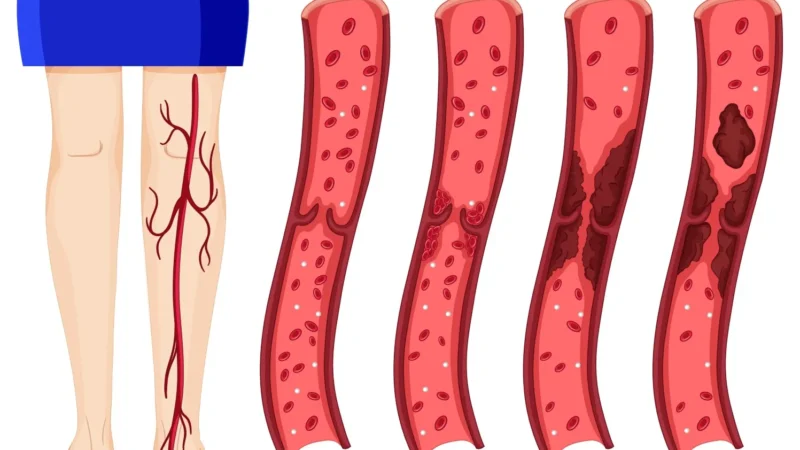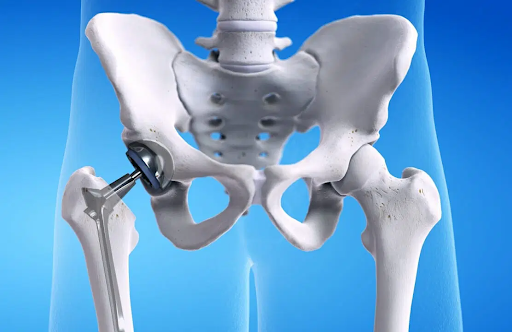Understanding Mammography: A Comprehensive Guide for Women

Mammography is a vital tool in the early detection of breast cancer, a disease that affects millions of women worldwide. This comprehensive guide aims to demystify the mammography process, explain its importance, and provide insights into what women can expect during their screening journey.
What is Mammography?
Mammography is a specialized X-ray technique used to examine breast tissue. It plays a crucial role in detecting breast abnormalities that may not be felt during a physical examination. The procedure is typically recommended for women aged 40 and older, but those with a family history of breast cancer may need to start screening earlier.
The Importance of Mammography
The primary goal of mammography is early detection. When breast cancer is diagnosed at an early stage, treatment options are more effective, and survival rates improve significantly. According to the American Cancer Society, regular mammograms can reduce the risk of dying from breast cancer by about 20-40% in women aged 40 and older.
Mammography can also detect non-cancerous conditions, such as cysts or fibroids, helping to alleviate anxiety and provide peace of mind. Early detection through mammography can lead to less aggressive treatment options, preserving quality of life for many women.
Types of Mammograms
There are two main types of mammograms: screening mammograms and diagnostic mammograms.
- Screening Mammograms: These are routine X-rays of the breast used to detect breast cancer in women who have no symptoms. They typically involve two X-ray images of each breast taken from different angles. The American College of Radiology recommends that women begin annual screening mammograms at age 40.
- Diagnostic Mammograms: These are used when there is a concern, such as a lump or abnormality detected during a physical exam or a previous screening mammogram. They provide a more detailed view of the breast and may involve additional imaging to further evaluate any findings.
The Mammography Process
The mammography process is straightforward and generally takes about 30 minutes. Here’s what women can expect:
- Preparation: It’s recommended to avoid caffeine and large meals before the appointment, as these can affect breast tenderness. Women should also inform the technologist if they are pregnant or breastfeeding.
- The Exam: During the mammogram, the patient will stand in front of a machine that compresses the breast between two plates. This compression is essential as it spreads out the breast tissue, allowing for clearer images. Although some women may experience discomfort, the procedure is quick, and the compression lasts only a few seconds.
- Results: After the mammogram, radiologists will analyze the images and report findings to the patient’s healthcare provider. Results are typically available within a few days. If any abnormalities are detected, additional tests may be required.
Risks and Considerations
While mammography is a valuable screening tool, it’s essential to understand that no screening test is perfect. There is a small risk of false positives, which can lead to unnecessary stress and additional testing. Conversely, false negatives can occur, meaning that breast cancer may not be detected even if it is present.
Women should discuss their personal risk factors with their healthcare provider to determine the most appropriate screening schedule. Factors such as family history, genetic predispositions, and previous breast issues should guide individual screening plans.
Conclusion
Mammography is a cornerstone of breast cancer screening and early detection. By understanding the process and its importance, women can make informed decisions about their breast health. Regular screenings, starting at the recommended age, can significantly impact outcomes and provide peace of mind.
Taking proactive steps in breast health, including routine mammograms and self-exams, empowers women to take charge of their health. By staying informed and vigilant, women can contribute to the fight against breast cancer and improve their chances of successful treatment should it arise. Remember, early detection saves lives.






